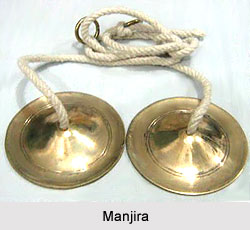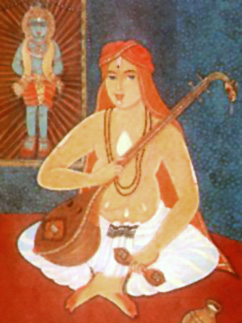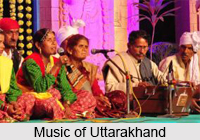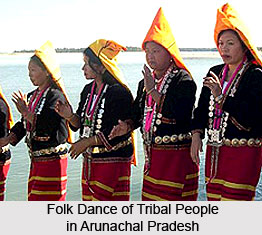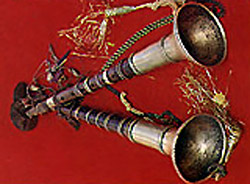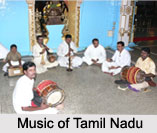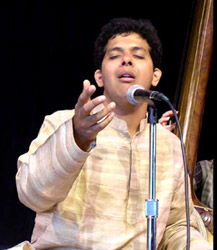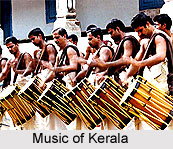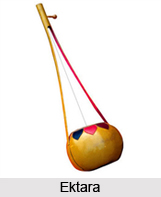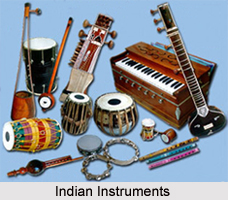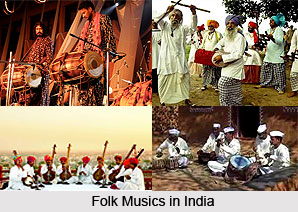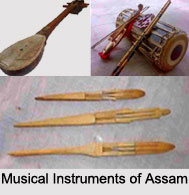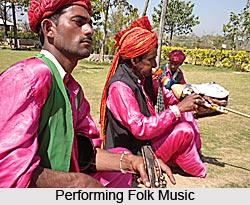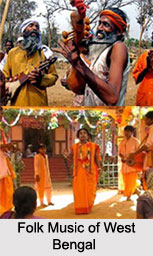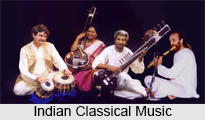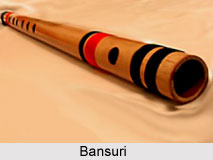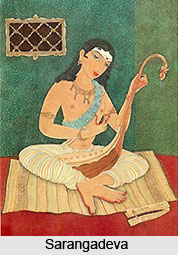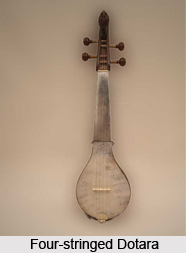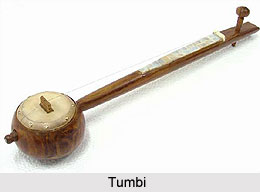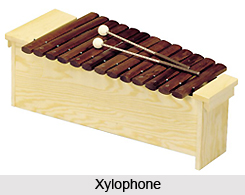Nayaka Baksu was a famous musician in the time of Raja Man Singh Tomar. He is described in many Persian books as the most celebrated singer of his time. Even so, not much is known about when he was born and who his parents were. On account of the superiority of his compositions to those of all other musicians the Mughal Emperor Shah Jahan ordered all the genuine Dhrupads of Baksu to be collected. In two years` time two thousand Dhrupads of Baksu were collected. Out of these, one thousand Dhrupads were again selected as the most authentic and original ones and were arranged in four Raagas and forty-six Raaginis. This collection of one thousand Dhrupads was named Sahasarasa or Sahasrarasa meaning a thousand flavours. It is also sometimes referred to as Hazar-Dhrupad (one thousand Dhrupads) or Raagamala.
Baksu was an inhabitant of Gwalior. At the time, Gwalior was under the rule of Raja Man Singh Tomar and was famous for its schools of music. Almost all the learned musicians of the time hailed from Gwalior. Baksu stayed with Raja Man Singh in his young age and after his death with his son Raja Vikramaditya. After the death of Raja Vikramaditya in the First Battle of Panipat, Baksu went to Raja Kirata, the Zamindar of Kalinjar. Later on Baksu received an invitation from king Bahadur Shah of Gujarat and went to Gujarat. He lived there the rest of his life. He composed many Dhrupads which bore the names of his patrons such as Sultan Bahadur Shah of Gujarat, Raja Man Singh of Gwalior, Raja Vikramaditya and Raja Kirata. These Dhrupads often were sung in the court of Shah Jahan by the then Dhrupad singers. In order to glorify the compositions and bring credit to the name of the composer and those of his forefathers, the name of Shah Jahan was piously inserted in place of Baksu`s patrons.
Baksu was a very learned musician. He had a profound knowledge of Raagas and a marvellous control over Tala. He was also a very good Pakhavaj player. The solo singing without any accompanists was thought to be extremely difficult but Baksu could sing as well as play Pakhavaj at the same time. He was capable of maintaining a perfect concordance between Svara (the note) and Tala (the rhythm). While other singers need one or two more singers who can help them by continuing the singing when they need little rest. Baksu did not need any. He had an almost unbelievably rich voice and he could sing even the most difficult of embellishments with comparative ease.
According to Faqirulla, Baksu invented three Raagas. These were Nayaki-Kanhada, Nayaki-Kalyana and Bahadurl-Todi. Raaga Bahadurl-Todi is a synthesis of Raaga Todi and Raaga Desakara. It was designated Bahaduri after Sultan Bahadur Shah- Baksu`s patron. The contemporary historians of Bahadur Shah such as Shaikh Sikandar and Haji Ad-Dabir mention the name of Baksu as a favourite musician of Sultan Bahadur Shah.
